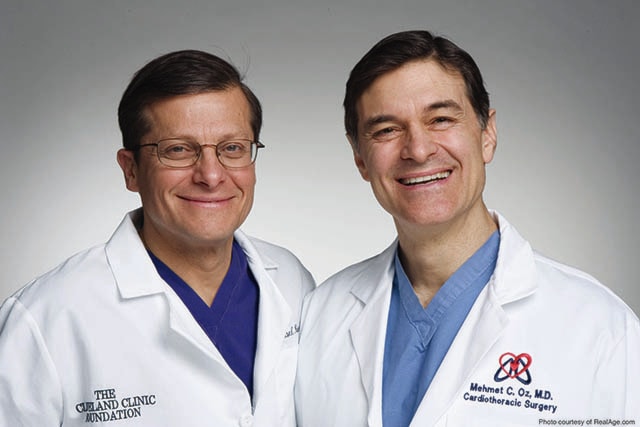When we heard that France made organ donation the default for everyone — you have to opt out, not in — we thought we’d examine what’s going on in this country and if that could be a good idea here.
The good news is that for the fourth year in a row, a record number of organ transplants were performed in the U.S.; 33,606 procedures in 2016 alone, according to the United Network for Organ Sharing. That’s an 8.5 per cent increase over 2015, and a 19.8 per cent increase since 2012. Nearly 95 percent of American adults say they support organ donation.
But — there’s always a “but” — only 48 per cent of adults actually register to donate when they die. From that pool, only three out of every 1,000 potential donors die in such a way that makes donation even possible! That’s why there are more than 119,000 people waiting for a donated organ and why 22 people a day die waiting for an organ donation that never arrives.
So let’s take a look at what organ donation means and what it can accomplish.
Who needs what? As of September 2016, 81.9 per cent of folks on the waiting list needed a kidney; 11.4 per cent, a liver; 3.2 per cent, a heart; 1.1 per cent, a lung; 2.5 per cent, all others (pancreas, intestines).
What else can you donate? In addition to donating those organs, you can donate blood, blood vessels, bones, bone marrow, cartilage, connective tissues (tendons, ligaments), eyes (and components of eyes), heart valves, veins, skin and, as of 2014, hands and face.
How is a donation carried out? First, the medical team must determine that the donor is brain-dead: That means there is no brain activity and no independent respiration. Someone who is brain-dead cannot be revived or recover.
Only after brain death has been confirmed and the time of death noted can organ donation become a possibility.
What can one donor accomplish? One donor may contribute eight organs: a heart, two lungs, liver, two kidneys, pancreas and intestines. And each one is vitally important: As Dr. Oz says on the New York State organ donor website: “I have performed hundreds of life-saving heart transplants, but I’ve also seen countless lives lost because we couldn’t get the hearts needed for more of these miraculous operations.”
In addition to the miracle of organ donation, consider how significant other types of donations can be. Just recently, nine-year-old Zion Harvey celebrated the 18-month anniversary of his double hand transplant (he had lost both to a massive infection as a toddler).
What are the obstacles to donation? Researchers suggest that when donation is the default (as in France now), people view it as expected and are more likely to go along with the plan. But that doesn’t always hold true: In Portugal and Belgium, two countries with automatic opt-ins, the actual donation rate from those who are deceased is around 27 people per million, just a hair above the U.S. rate.
We think you just need to reflect on how you’d eagerly pursue finding a donor and how thankful you’d be if that organ donation saved the life of a loved one — or you! Then there’s no question that you’d gladly help someone else receive the same gift.
Mehmet Oz, M.D. is host of The Dr. Oz Show, and Mike Roizen, M.D. is Chief Wellness Officer and Chair of Wellness Institute at Cleveland Clinic.
Note: For donor information in Alberta visit Alberta Organ and Tissue Donation Registry at myhealth.alberta.ca.
